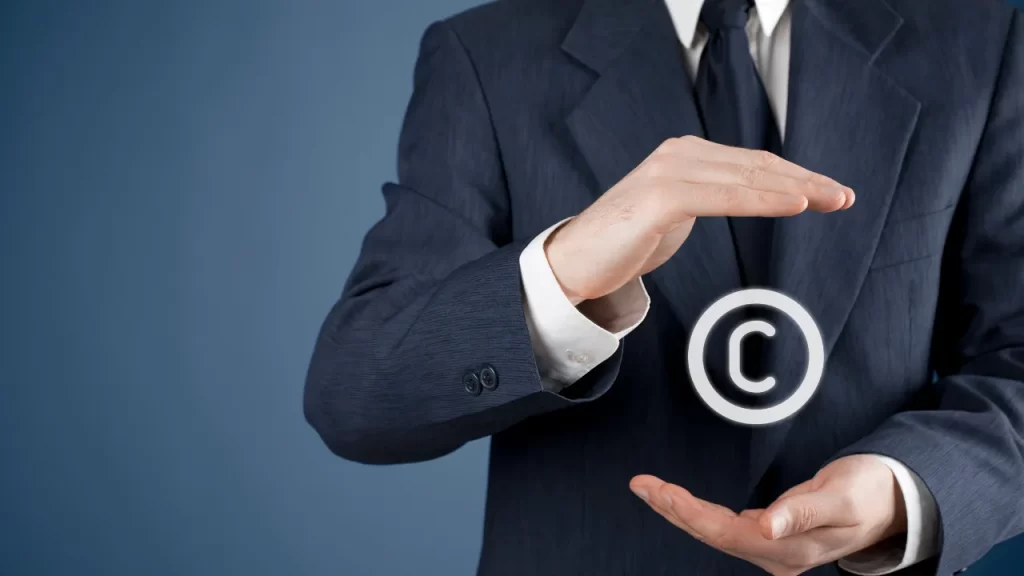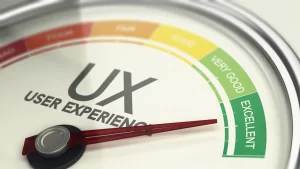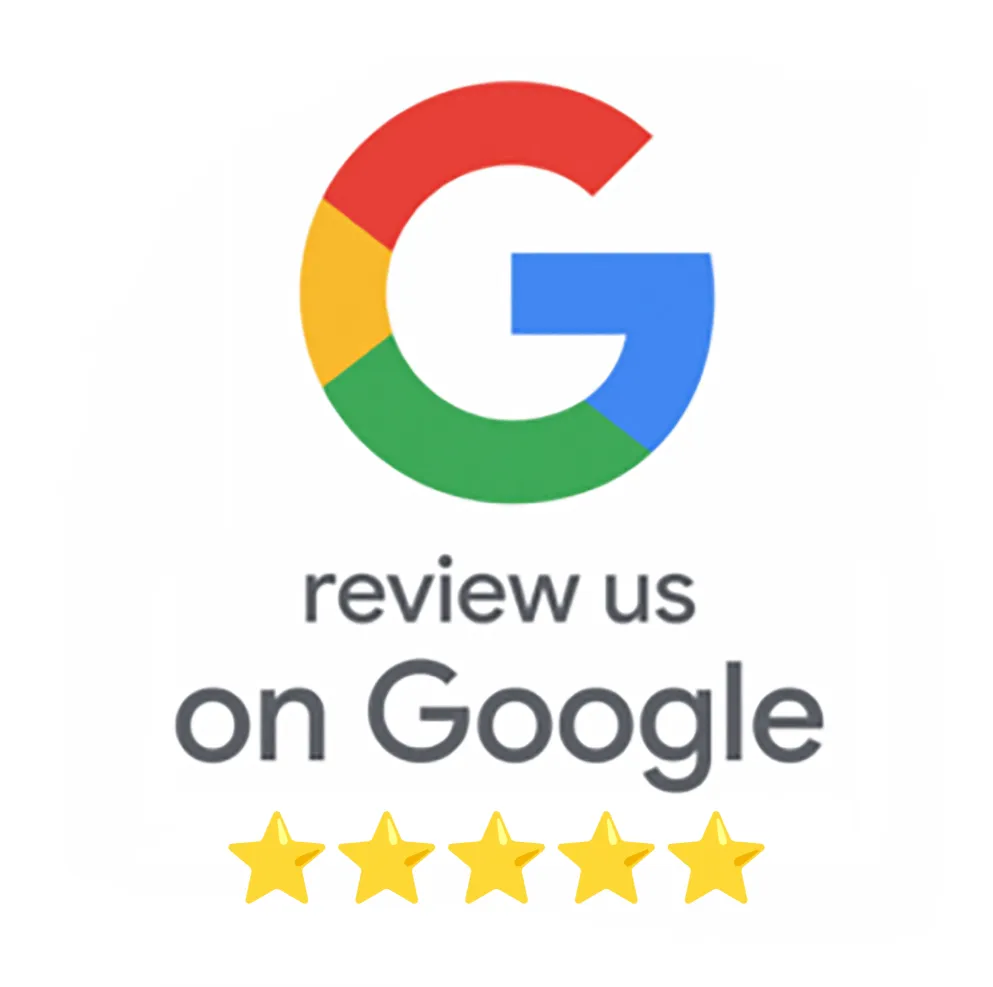Yes, website designs can be copyrighted, but only specific elements of the design are eligible for protection under copyright law.
Copyright protects the creative and original aspects of the website, such as visual design, written content, images, and graphics, but not the functional elements like the code, layout structure, or underlying ideas.
What Can Be Copyrighted in Website Design?
1. Visual Design
The overall look and feel of a website, including its layout, color schemes, and typography, can be copyrighted.
This includes the unique visual arrangement of elements, such as headers, footers, sidebars, and the overall artistic presentation.
2. Images and Graphics
Any original images, icons, logos, or illustrations created for the website can be copyrighted.
Using copyrighted images from third-party sources without permission can lead to legal issues, so it’s important to ensure that all visual assets are either original or licensed.
3. Written Content
All original text, including blog posts, product descriptions, and any other written material on the website, is protected by copyright as soon as it is published.
Copyright law prohibits others from copying or reproducing this content without permission.
4. Multimedia (Videos, Audio)
If a website includes videos, audio files, or animations, these are also eligible for copyright protection.
As with written content, multimedia elements are automatically copyrighted once they are published online.
What Cannot Be Copyrighted?
1. Functional Elements
Copyright law does not protect the functional aspects of a website, such as its coding, HTML structure, or underlying technical features.
Functional elements are considered utilitarian, meaning they serve a purpose and are not deemed creative works eligible for copyright protection.
2. Ideas and Concepts
The idea or concept behind a website is not copyrightable. For example, the idea of creating an e-commerce website or a blog cannot be copyrighted.
Only the specific expression of that idea, such as the unique design and content, can be protected.
3. Public Domain Content
Content that is part of the public domain cannot be copyrighted.
This includes any works that are no longer under copyright protection or were never eligible for protection.
Public domain material can be freely used by anyone.
How to Copyright a Website Design
1. Automatic Copyright Protection
In most countries, including South Africa, website designs are automatically protected by copyright law as soon as they are created and published.
There is no need to officially register your website with a government agency to gain copyright protection, although registration can provide additional legal benefits.
2. Registering Copyright
While copyright protection is automatic, registering your website design with a copyright office provides extra legal protection.
In South Africa, copyright is managed under the Copyright Act of 1978, and registration can serve as evidence of ownership in case of infringement disputes.
3. Licensing Your Design
If you want to allow others to use your website design, you can grant them a license.
This gives them the right to use the design under specific conditions while you retain ownership of the original work.
Licensing can be useful if you want to monetize your design or distribute it on multiple platforms.
How to Protect Your Website Design from Infringement
1. Use a Copyright Notice
Including a copyright notice on your website (e.g., “© [Year] [Your Business Name] All rights reserved”) informs users that the design and content are protected by copyright law.
While not legally required, it serves as a deterrent against infringement.
2. Include Terms and Conditions
A terms and conditions page on your website can outline how users are allowed to interact with your content. It can specify what actions are prohibited, such as copying or redistributing your content without permission, and state the consequences of copyright infringement.
3. Monitor for Infringement
Regularly check for unauthorized use of your website’s content or design.
Tools like Google Alerts and reverse image search can help you identify when your content is being used without permission.
4. Take Legal Action
If someone copies your website design without permission, you may need to take legal action.
This could involve sending a cease-and-desist letter or, in more serious cases, filing a lawsuit for copyright infringement.
Registered copyrights provide stronger legal protection in these cases.
Conclusion
Website designs can be copyrighted, but only the creative and original elements of the design, such as visual layout, content, and multimedia, are eligible for protection.
Functional components like coding or general ideas cannot be copyrighted.
To protect your website design from infringement, it’s important to include copyright notices, monitor for unauthorized use, and take appropriate legal action if necessary.

















